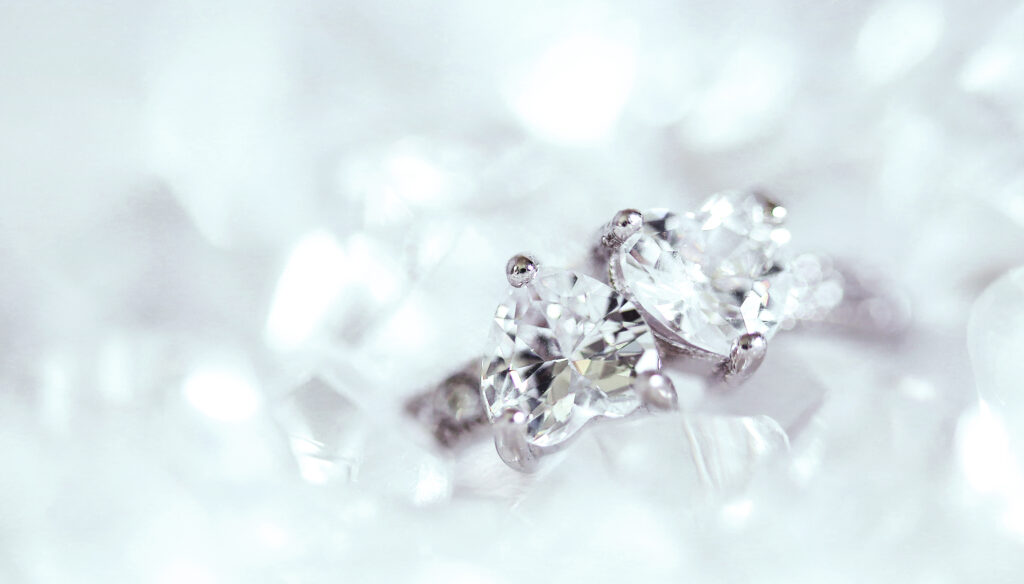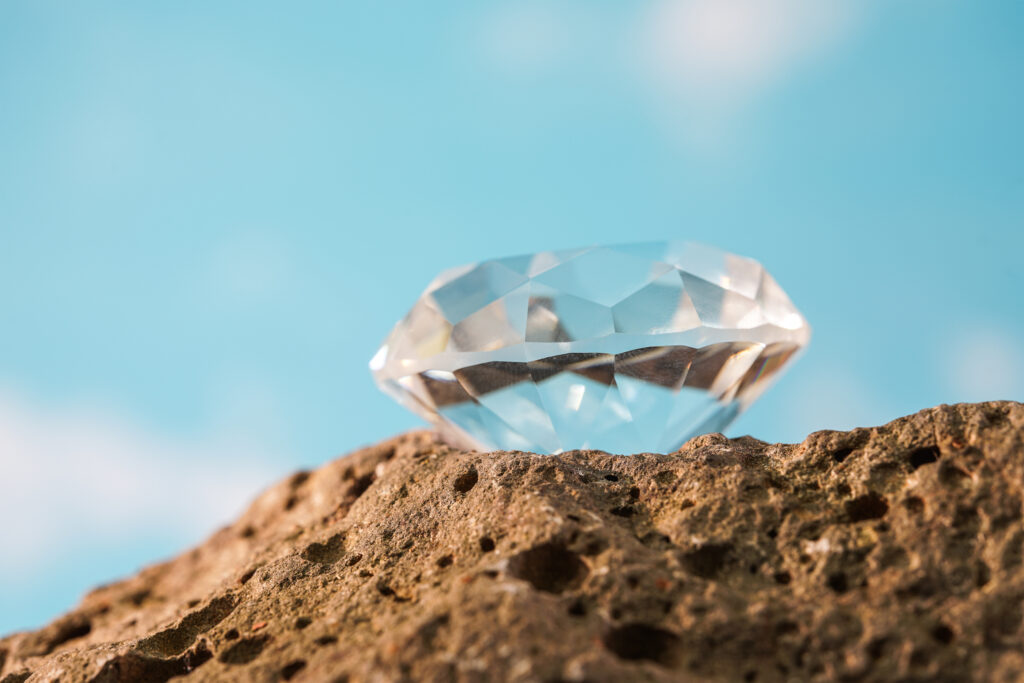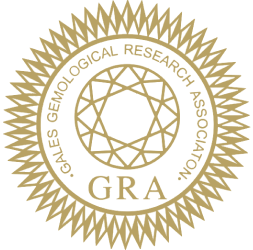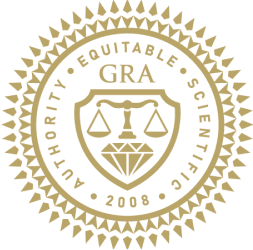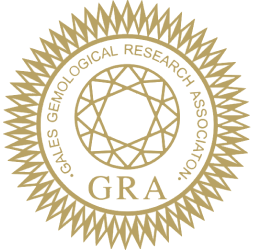We know that when buying jewelry for your engagement you are making one of the most important decisions of your life, and when a new anniversary comes around you want to choose the best gift for your spouse. Just as you are sure you are choosing your life partner, you want to make the right decision when it comes to selecting the center stone for your engagement ring or confirming your marriage commitment. Therefore, we leave you with a guide so you can choose the perfect Moissanite and be confident that you are getting the best value for your money.
Since its discovery in 1893 in a meteorite crater, moissanite has been considered a rare and scarce mineral. This makes it a material that is certainly coveted by jewelers and consumers. Moissanite is widely used as an interesting alternative to diamonds and many people cannot distinguish one from the other.
The quality and characteristics of a Moissanite can be measured with the 4 C’s rule, which is the same as that of the Diamond: Cut, Color, Clarity and Carat weight. Together, they describe the completed diamond’s quality. Based on this mixture, a finished diamond’s worth is determined.
The rarity of one or more of the 4Cs has a significant impact on a diamond’s value. The majority of diamonds have shades of yellow or brown, making colorless gems rare. As a result, a colorless diamond scores higher on the color grading scale than a light yellow diamond. Rarity and value are connected: In this case, a colorless diamond is more expensive and rare than one that has a faint hint of yellow. The rarity-value relationship holds true for clarity, cut, and carat weight as well. The value of a Moissanite is based on the characteristics it possesses, which are described by the 4Cs.
So, if you are hesitating about using Moissanites in your next jewelry purchase or if you are just curious about this stone and want to know more about it, we are going to give you key information that will be very important when making a decision.
Cut
This first factor, the cut of the Moissanite, is related to how effectively the diamond returns light to the eye of the beholder. A proper cut will give a much more premium appearance and the highest possible brilliance of the mineral, while a poorly or unprofessionally carried out cut will result in a dull and dark gem, no matter how good the color purity and clarity of the diamond is.

The cuts can be: Poor, Fair, Good, Very Good and Excellent. All high quality Moissanites always get an EXCELLENT cut, and you will receive a certificate from the Gem Research Institute (GRI) indicating that your gemstone passed the protocols that officially endorse it as a stone of the highest quality. There is no way you can have a high quality gemstone without being truly sure of this. For that reason it is essential that when you get one you don’t forget to get your certification that you own an excellent gemstone.
An excellent cut also gives a larger appearance to the gemstone, so an excellent cut gives an increase in the brilliance and diameter of the Moissanite. The perfect cut of a Moissanite must have the ideal balance between its proportions and angles, as well as excellent polish and symmetry. All of these parameters together will reflect light through the table and crown to produce the sought after “fire” effect in the gemstone. This enhances the quality of the gem and makes the value of it higher, as well as its appearance so that it does not go unnoticed.
Any excellently cut Moissanite
can be seen by its three
fundamental properties: brightness,
dispersion and sparkle.
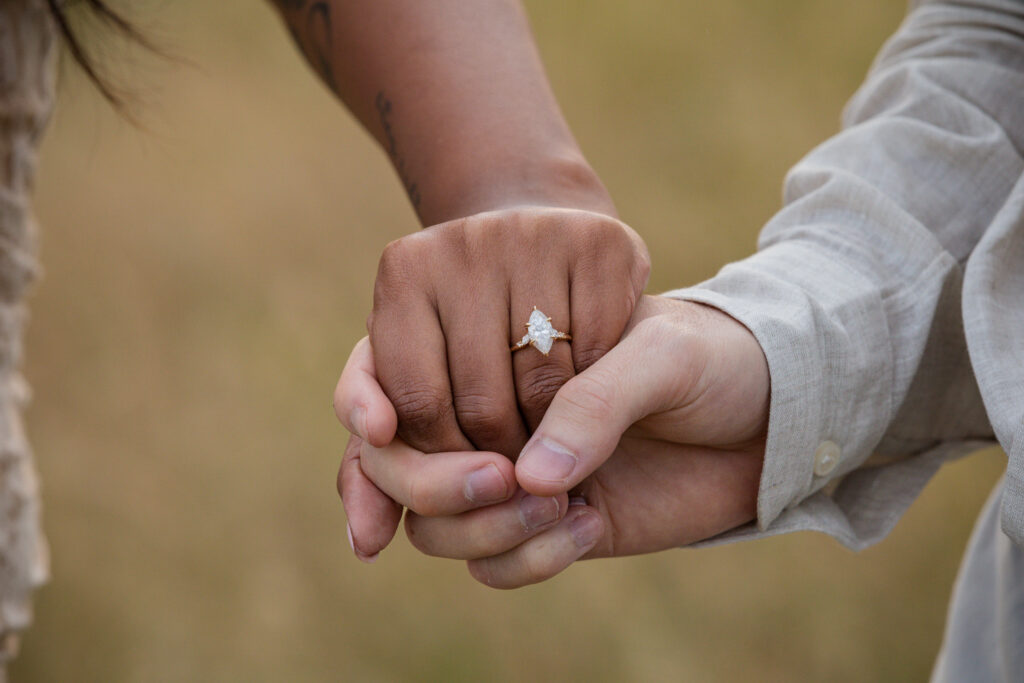
When light hits the surface of a Moissanite, it can reflect it from its crown or from the table, depending on the angle at which the light enters. This ability of the gemstone to reflect the light it receives is known as brightness.
Due to its highly refractive nature, Moissanite “outshines” diamonds in its brilliance and refraction, as it emits flashes of rainbow light whenever it is struck by direct sunlight. Consumers are often “overwhelmed” by this and many prefer the imperfect nature of diamond, but there is no doubt that Moissanite is a good alternative to diamonds in terms of brilliance and durability.
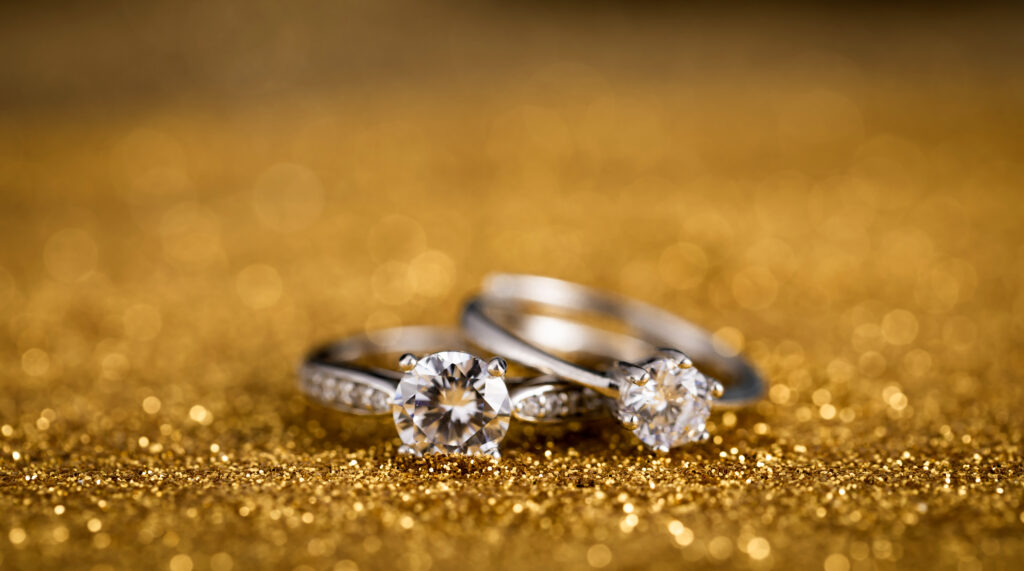
As light travels through the stone, some light particles are scattered into flashes of color. This is known as dispersion. This dispersion of a variety of flashes will result in the separation of the white light into its spectrum of colors, thus causing the characteristic “fire” effect, characteristic of the most beautiful and elegant diamonds and Moissanites. So the next time you buy a Moissanite, keep in mind that you should see this fire effect in your jewelry and you will know that what you have in your hands is of a superior quality.
When we talk about sparkling, it refers to the flashes of colors that can be seen when you move the diamond and observe it from different angles and positions. When you make that movement with your hand, moving the gem from one side to the other, you can see that range of colors that identifies a good Moissanite.
Moissanite, like diamond, can be cut in different ways, but the round cut best shows its famous fire and brilliance. The radiant cut is also impressive, designed to give Moissanite an attractive rectangular shape while maximizing brilliance. The princess cut is a traditional choice that highlights the stone’s fire. The more contemporary trillion cut is also an excellent alternative, as it enhances the brilliance of the stone, but gives the ring a modern look. Given the color differences, moissanite looks best in a solitaire ring or with Moissanites of similar characteristics.
Color
When it comes to Moissanite, as with diamond, the greater the absence of color, the purer the stone. The color property is divided into 5 categories: colorless, almost colorless, light, medium and strong. In a diamond, the predominant color is yellow, which is indicative of traces of nitrogen, so it is very difficult to find a completely colorless diamond. Moissanite, when treated in a laboratory, is born in a controlled environment that allows it to maintain a very high degree of purity. All the highest quality pieces are in the COLORLESS category.
Never forget that color is one of the most important characteristics of a Moissanite: the more “white” (transparent), the more beautiful, scarce and valuable. To determine the clarity or transparency, there is a color scale that divides the color grades from D to Z. This scale was established by the GIA (Gemological Institute of America) and is internationally accepted.
Color D corresponds to the most transparent or white and color Z corresponds to the worst quality yellow or brown. As one moves from D to Z on the normal color scale, an increasing level of yellow and/or brown tones is indicated.
The gemstones that fall outside this scale when it comes to pricing are the fancy ones. These are priced according to different criteria than the previous ones. When the color is rare and the more intense it is, the more expensive it becomes. Fancy diamonds are the most valuable and expensive because of their rarity and exceptionality; such as the dark Blue Hope diamond. The Aurora diamond collection is one of the most extensive in terms of colors, with 12 clearly differentiated colors, it is usually exhibited at the American Museum of Natural History in Manhattan (New York).

Diamonds can be graded according to color, but this is not the case when Moissanite is being evaluated. Instead, Moissanite is classified by its closeness to being colorless. The less color flashes it has, the purer it is.
Grade 1: colorless (D-E-F)
Grade 2: almost colorless: (G-H-I-J)
Grade 3: weak color: (K-X)
As for inclusions, Moissanite can commonly have needle-sized inclusions that are invisible to the naked eye. Most gemstones have inclusions, as they are part of the crystal structure and are unique to each stone. You can see them under magnification, but they do not compromise clarity in any way.
Because it is very rare to find Moissanites in nature, it is usually manufactured in laboratories. This means that laboratory conditions can control the appearance and eliminate any internal flaws leaving us with Moissanites of excellent quality and at a much more affordable price than ordinary diamonds. This works in our favor as there is no factor that can compromise clarity, which is our next factor to consider.
Clarity
It refers to the amount of inclusions that may appear as imperfections on the surface and inside of the gem. A strong presence of inclusions could affect the aesthetic beauty of the gemstone, however, tiny inclusions (VVS1 to VS2) are completely invisible to the human eye. When you buy a certified stone with a VVS1 clarity, which translates as aesthetically flawless to the human eye, it is one of the purest gems you can find.
These tiny natural imperfections, as we already said that they are present in all but the finest diamonds, called inclusions, can be a cloud, a fracture, a diamond inside a larger one, liquid, etc. The criteria is evaluated by an observation of the diamond crown and the following table.

1. No internal inclusions FL – IF
No internal inclusions visible to an expert with a 10x magnifying glass, but there may be some tiny external irregularities in the finish.
2. Very very small inclusions
Grade 1: One tiny inclusion visible only to an expert with a 10x magnifying glass.
Grade 2: Several tiny inclusions visible only to an expert with a 10x magnifying glass.
3. Very small inclusion
Grade 1: Very small inclusion visible with a 10x magnifying glass. Grade 2: Several very small inclusions visible with a 10x magnifying glass.
4) Small inclusion
Grade 1: Small inclusion visible with a 10x magnifying glass.
Grade 2: Several small inclusions visible with a 10x magnifying glass.
5) Included 1 or Imperfect
Grade 1: Inclusion visible to the naked eye. Grade 2: Numerous inclusions clearly visible to the naked eye which also diminish the brightness. Grade 3: Numerous inclusions clearly visible to the naked eye that diminish the brilliance and compromise the structure of the diamond, causing it to crack or break more easily.
Knowing the impact of clarity is vital to know the quality of the Moissanite and thus to be able to offer the best gift that is going to disrespect your spouse. No one wants a jewel that loses quality over time and especially that loses its beauty and turns into a yellowish color causing a beautiful memory of love to be lost.
Carat
It is the weight of the diamond. Before the 20th century, the weight of carob seeds was used as a universal unit to measure the weight of a gemstone in order to trade it at a fair price. Carob is the origin of the name “carat” that is still used today. In the metric decimal system, one carat is equivalent to 200 milligrams (0.2g), so a 5 carat gemstone would weigh 1 gram. From there we can say that the size of Moissanite is proportional to its carat weight.
In the world of natural diamonds, when it comes to cutting and polishing, on average up to ⅔ parts of the original mineral are wasted, so the standard for diamonds used in jewelry is around 0.5 carats. Finding a larger natural diamond increases its selling price exponentially.

In Moissanites, on the other hand, the size and price of the gemstone maintain an equal proportion, making it the best choice if you want to put a larger stone as the center gemstone of your engagement ring, or your gift helping to maintain a fair proportion of the size and weight of your Moissanite for your money.
In summary, what should you look for and choose in a Moissanite? The following is the quality and configuration of the best Moissanites:
Cut: EXCELLENT
Color: COLORLESS
Clarity: VVS1
Carat (caratage): From 0.3 to 2 carats or more, upon request.
We must be very careful when using the carat denomination because there are carats that determine the weight of the gems and other carats that determine the title of the metals. For example, for gold, the higher the karat, the higher the pure gold content of the jewelry. 18-karat gold contains 750 thousandths of pure gold and 250 thousandths of other alloys. 9 karat gold contains 375 thousandths of pure gold and 625 thousandths of other alloys.
Conclusion
The value of the Moissanite is given by a whole series of characteristics that make this gemstone unique. As you can see, knowing these 4 characteristics is very important because you will be able to know what you are getting, if it is a gem of the highest quality that the jewelry market can offer, or simply one of much lower quality. By knowing all this you will also be able to decide with full knowledge the size of the stone that will be on the hand of your future spouse.
The colorless, clear beauty and sparkling fire of Moissanite is second to none and allows the stone to be the ideal substitute for buyers who want the look of diamonds without the higher cost of a natural diamond of similar or in some cases equal quality.


